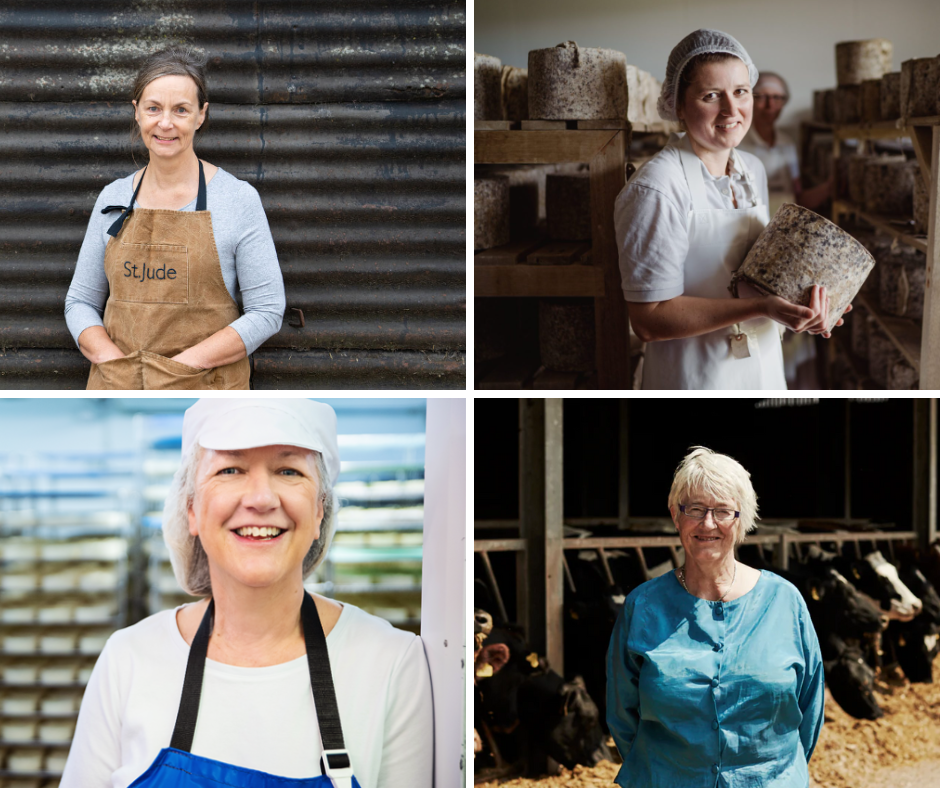From Thomastown to Your Table: The Excellence of Floridia Cheese Melbourne
From Thomastown to Your Table: The Excellence of Floridia Cheese Melbourne
Blog Article
Opening the Secrets of Artisanal Cheese Making: A Step-by-Step DIY Guide
In the world of cooking craftsmanship, artisanal cheese making stands as a testament to the fragile balance in between custom and innovation. Each action in the procedure, from choosing the appropriate milk to developing aging strategies, holds within it a riches of expertise gave through generations. As we start this trip to demystify the art of producing splendid cheeses, we are confronted with a tapestry of tricks and skills waiting to be untangled. Join us as we discover the ins and outs of this old craft, where scientific research, persistence, and art merge to create tastes that entice the detects.
Choosing the Right Milk
When getting started on the journey of artisanal cheese making, the selection of milk plays a crucial function in determining the top quality and attributes of the last product. The type of milk picked affects the taste, texture, and generally account of the cheese.
Additionally, the source of the milk, whether from cows, goats, lamb, or buffalo, adds unique tastes and features to the cheese. Each kind of milk brings its own nuances, permitting for a large range of cheese selections to be crafted based on the selected milk.
Culturing and Coagulating
To initiate the cheese-making procedure, the essential steps of culturing and coagulating need to be thoroughly executed to transform milk right into curds and whey. Culturing entails introducing beneficial bacteria to the milk, which after that starts the fermentation procedure. These bacteria transform lactose (milk sugar) into lactic acid, creating the acidic setting essential for coagulation. The kind of society used can considerably affect the flavor, texture, and ripening of the last cheese product.

The timing and temperature level control throughout culturing and coagulation are crucial aspects that affect the last outcome of the cheese. Correct execution of these steps is necessary to make sure the wanted appearance, taste, and consistency of the artisanal cheese being created.
Draining Pipes and Pressing Curds
After the milk healthy proteins have coagulated and the curds have actually been reduced to launch whey, the next important step in artisanal cheese making entails draining pipes and pressing the curds to attain the desired appearance and consistency of the last cheese product. Draining is the procedure of dividing the curds from the whey. This can be done by transferring the curds right into a cheesecloth-lined colander or mold and mildew and enabling the check here whey to drain pipes off normally. The moment for draining pipes can differ depending on the type of cheese being made and the wanted moisture material.
Pushing aids get rid of any type of staying whey and compacts the curds to form a strong cheese wheel. Appropriate draining pipes and pushing are essential steps that substantially impact the high quality and attributes of the artisanal cheese being generated.
Aging and Flavoring Methods
Carrying out meticulous aging and flavoring strategies is critical in boosting the depth and intricacy of artisanal cheeses, elevating their preference accounts to exquisite degrees of improvement and refinement. Aging plays a crucial function in creating the special tastes and textures that identify artisanal cheeses. Throughout the aging process, cheeses are kept in very carefully managed settings where variables such as airflow, humidity, and temperature level are controlled to motivate the development of advantageous mold and mildews and germs. This regulated environment allows the cheese to mature slowly, establishing abundant flavors and complicated scents.
Flavoring strategies additionally add dramatically to the final preference of artisanal cheeses. Cheesemakers might choose to introduce extra flavors by including active ingredients such as herbs, flavors, or even fruits right into the cheese throughout the production procedure. Additionally, some cheeses are cleaned or scrubed with numerous fluids, such as brine or alcohol, to boost their tastes and appearances.
Wrapping and Keeping Cheeses

Verdict
To conclude, mastering the art of artisanal cheese making involves carefully selecting the best milk, following specific culturing and coagulating processes, draining pipes and pushing curds successfully, and using various aging and flavor strategies. By adhering to these steps vigilantly and with focus to information, you can develop your own tasty and special cheeses in your home. Keep in mind to wrap and keep your cheeses appropriately to guarantee optimal flavor and structure growth. Pleased cheese making!
Each kind of milk brings its own subtleties, enabling for a wide range of cheese varieties to recommended you read be crafted based on the chosen milk.After the milk healthy proteins have actually coagulated and the curds have been reduced to release whey, the following crucial step in artisanal cheese making entails draining and pushing the curds to attain the desired appearance and uniformity of the final cheese item. Many cheeses ought to be wrapped in wax paper or cheese paper to allow them to take a breath while safeguarding them from drying out. For cheeses that need to proceed aging, such as bloomy rinds or washed skins, ensure check my reference they are saved in an awesome setting like a cheese cave or a refrigerator established to the appropriate temperature. By paying focus to the wrapping and storage of artisanal cheeses, cheese manufacturers and fanatics can protect the integrity of these specials and totally enjoy their intricate tastes.
Report this page